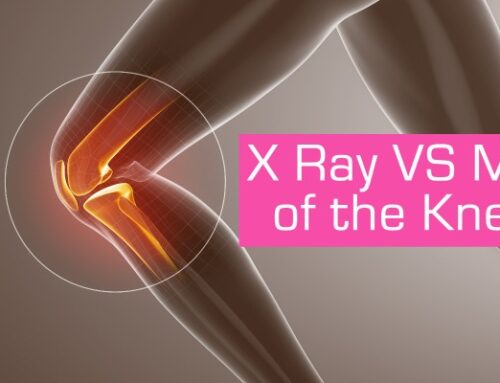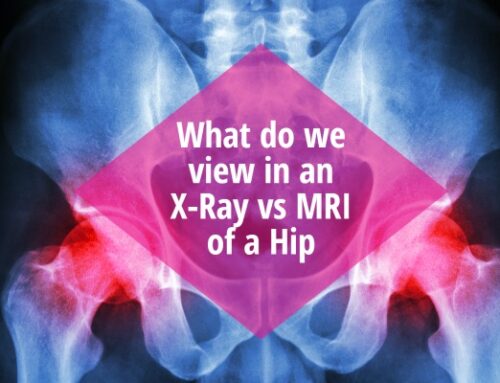We’re going to keep this in very simple and practical terms for what the difference between an X Ray and a MRI, both common imaging in diagnosing pain. While Google may offer some fancy terms and details about how the machine works (with this exact question, yes, I googled it😉), I honestly doubt that’s where your concern is. I’m pretty confident you’re here to learn what does this information means to YOU, a professional or physician you have working ON you.
In its simplicity, an X-Ray is the big picture whereas an MRI is a detailed and zoomed in imaging.
Let’s say were looking at a spine.
You’d receive an X ray to examine your curative, fractures and possibly some compression of the spine. An x ray when in extreme cases can show you the health of a disk as well!
If you’re looking at your own, you’ll be able to see bone in white (the higher the density, the lighter it is), you may be able to see bone spurs, arthritis, and previously healed injuries.
If the vertebrae look closer together that shows some compression may be taking place and or loss of disk space. If a disk (or bone) has started to go grey or even black that would mean the integrity of that structure is decreased, we don’t want this!
In these images you’ll also be able to see if a vertebra has shifted forward(anterior) or back(posterior) for which case it can be assumed compression is happening on the spinal cord and at risk for having some severe symptom is evident.
Let’s say were looking at the exact same area but as an MRI instead of a x ray. With these you’ll receive a layer-by-layer imaging, very detailed. You’ll be able to see the vertebrae of the spine, the disc and the muscles supporting around that vertebra. I will say it takes a trained eye to be able to know what you’re looking at and in fact for this reason have seen doctors only glance at the imaging and instead trust the work of the radiologist whose job it is to look at these images and create reports on them all day, it’s what they do! So, if you’re looking at your own, skip the image, read the report, and then perhaps defer to the imaging to confirm what you’re reading.
This imaging will show you everything the x ray wont. Perhaps it will pick up a bone spur, an osteophyte, things the x ray may not catch, or a cyst that only looked cloudy on an x ray or was not there at all but is clearly shown on an MRI. The MRI will pick up compression on a nerve and by how much, narrowing of the spinal canal, known as stenosis, and most commonly have a measurable look at disc bulge or herniations and include measurements. Now it doesn’t mean that MRIs are always right, but it certainly is an amazing diagnostic tool!
Keep in mind, it is common practice to not receive your reports directly when ready. You CAN HOWEVER, ask for it! I always recommend this, so you can have it within your own records and bring with you if at any point you change physicians or see a specialist in the future. Some offices will charge for the disc, usually around $15-25 or nothing at all.







Leave A Comment